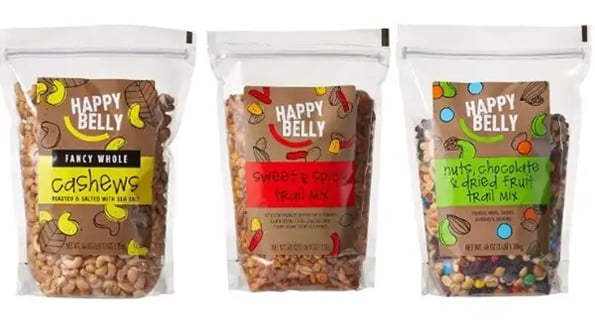By offering its own private label goods, Amazon is slowly reducing its reliance on 3rd-party sellers and increasing its profit margins — so much so that its private label business is on track to bring in $7.5B in revenue this year.

A new take on a retailer classic: The ‘store brand’
In supermarkets, store brands are easy to identify by their bargain-style packaging and clear labeling: At Costco it’s “Kirkland Signature,” at Walmart it’s “Great Value,” and at Whole Foods it’s “365.”
But online, it’s more difficult to tell which items come from 3rd parties and which ones come from Amazon, giving Amazon a huge edge.
Amazon sells 70+ in-house brands with names like “Lark & Ro” and “Arabella” that are nearly indistinguishable from 3rd-party products, often advertising private label products below competitors’ products.
They’re #AmazonBasic, but they’re also big business
Amazon’s 3rd-party sales have razor-thin profit margins, but some private labels, like AmazonBasics, already bring in about $400m a year.
The company has also launched an “Amazon Accelerator Program” to develop even more private label brands. Analysts forecast Amazon’s private label division to reach $25B by 2022.

